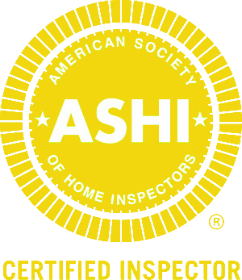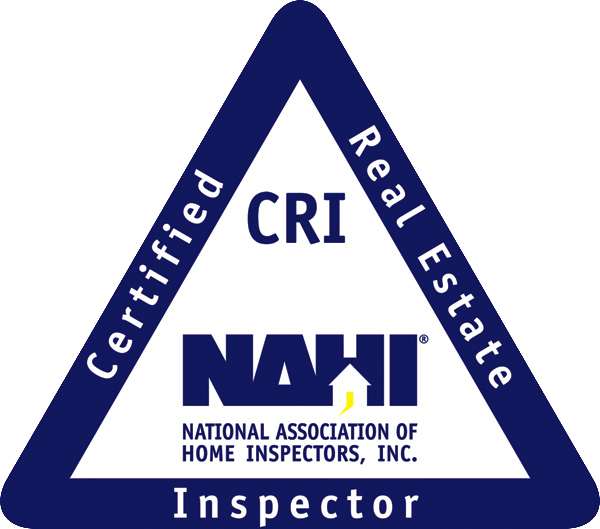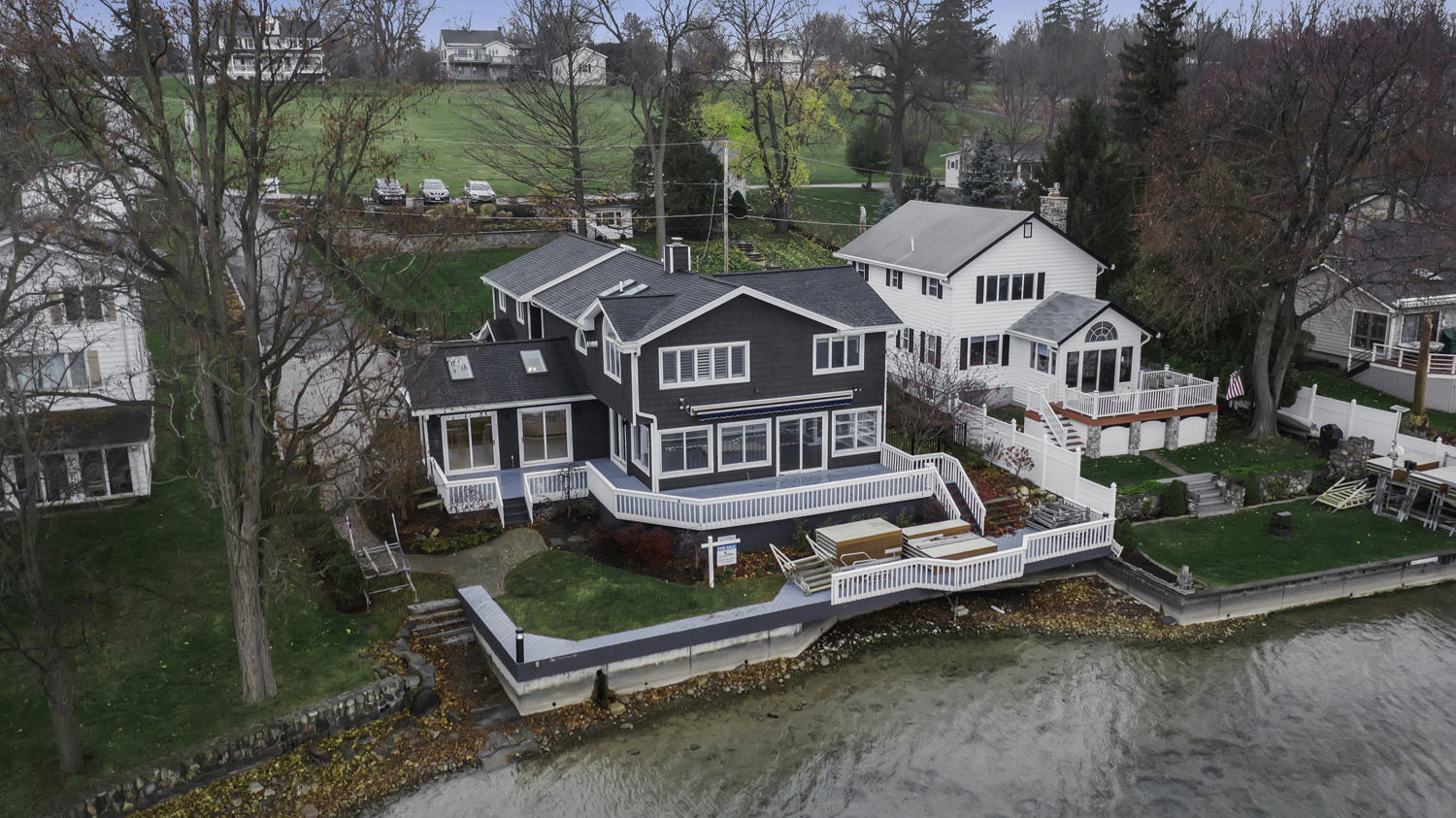Radon in the home is a leading cause of cancer – and it’s preventable
By Richard F. Pezzino, CRI, RMS
I am willing to bet you’ve seen a number of articles on the dangers of radon gas and how to test your home for radon. I’m also willing to bet the majority of you have never tested for this invisible, odorless gas. Right?
Did you know that radon causes between 15,000 and 22,000 lung cancer deaths per year in the United States, according to the National Academy of Sciences? That 12 percent of all lung cancer deaths are linked to radon? That the Surgeon General warns radon is the second leading cause of lung cancer in the U.S. today, and if you smoke and your home has high radon levels, your risk of lung cancer is particularly high?
Yet, radon is relatively inexpensive and easy to test for. And, the cost of preventing radon leakage in an existing home is between $800 and $2,500, and in new construction that cost is as low as $350 to $500 -- a small price to pay to save your family from the heartbreak of lung cancer.
Radon is everywhere
Radon is an invisible, odorless, tasteless gas resulting from the natural radioactive breakdown of uranium in soil, rock and water. It’s found all over the United States, and 2 can be present in any type of building – homes, offices and schools. But because most people spend the majority of their time at home, it is our homes that offer us the greatest risk for radon exposure.
Nearly one out of every 15 homes in the U.S. is estimated to have an elevated radon level -- above 4 pCi/L -- including old and new construction, well sealed or drafty construction and homes with or without basements. Today’s energy efficient homes can actually trap radon, because the air exchange is minimized.
Two homes right next door to each other and on the same street can have completely different levels of radon, so homeowners cannot rely on tested levels “in the neighborhood” to know that their home is safe. The Environmental Protection Agency recommends homes be retested every two years, even if there’s a low level of radon reported on the first test. If you are planning to sell, it’s a good idea to test for radon before you put your house on the market – and always test at the lowest level of the home that is suitable for occupancy. You may not use your basement, for example, but a new buyer may want to renovate it to a play room for children.
How to test
There are two kinds of radon tests, passive devices and active devices. Passive tests include charcoal canisters, alpha-tract detectors, charcoal liquid scintillation devices and electret ion chamber detectors. These are relatively inexpensive and simple to use, however, you must follow the protocols to the letter to ensure an accurate result. Certified home inspectors are trained in the use of the canisters and typically get as good, if not better, results with the passive devices when compared with active devices. Passive 3 devices can become out-dated, however, so it’s essential to make sure you get fresh stock when you purchase them.
Active devices require power to function. These include continuous radon monitors and continuous working level monitors. As their name suggests, active devices continuously monitor the amount of radon and its decay products in the air. Many of them produce a report showing unusual changes in the radon level during the test period, but you’ll need a qualified tester (this is usually part of a home inspector’s credentials) to explain the report to you.
Conditions such as high humidity can influence test results, so some active devices are designed to detect interference or offer anti-interference features. These may cost a little more, but they generally ensure a more reliable result. We’ll discuss how to reduce radon levels in new and older homes in a future article.
Richard F. Pezzino is a Certified Home Inspector, a member of the National Association of Home Inspectors, National Radon Safety Board and has U.S.E.P.A. training in Lead Abatement and Lead Risk Assessment. His company, Accu-View Property Inspections Inc., can be reached at (716) 882-2200.











